Frequently asked questions
Company News
- Aluminum veneer design, a new chapter in architectural aesthetics
- The Beauty of Insight in Aluminum Plates: Artistic Interpretation of Punched Aluminum Veneers
- Aluminum veneer: a fashionable choice for modern architecture, environmentally friendly and durable
- Aluminum veneer: a fresh breeze in the construction industry, your fashionable choice?
- Aluminum veneer design, the new darling of fashionable architecture!
Industry dynamics
- Aluminum veneer customization, creating a new trend of personalized space
- Aluminum veneer design, showcasing the beauty of modern space
- Punched aluminum veneer: creating a new style of modern architecture
- Aluminum veneer: the new aesthetic favorite of modern architecture
- Aluminum veneer: the latest fashion trend in the industrial industry?
Frequently asked questions
- What are the production equipment for aluminum veneer and what is their approximate price?
- What is the production process of aluminum veneer?
- What are the precautions for the design and installation of aluminum veneer curtain walls?
- What is the environmental performance of aluminum veneer?
- How to choose a suitable aluminum veneer supplier?
contact us
Mobile:+86 15627778610
Email: 2201229786
Address: No. 5 Binjiang Road, High tech Zone, Zhaoqing City, Guangdong Province
What is the environmental performance of aluminum veneer?
- Author: Jinba Aluminum Industry (Guangdong) Co., Ltd
- Release time: March 14, 2025 21:23:54
- Click:0

What is the environmental performance of aluminum veneer?
Aluminum veneer, as an emerging building material product, has attracted much attention for its environmental performance. Aluminum veneer exhibits excellent environmental characteristics in the following four aspects.
1、 Sustainability of materials
1. The main material of aluminum veneer is aluminum alloy, which is a recyclable resource. Compared with other building materials, aluminum has a higher recovery rate, and through recycling and reuse, it can reduce the exploitation of natural resources.
2. In the production process of aluminum veneer, the thin aluminum plate used is lighter compared to traditional building materials, reducing transportation energy consumption and carbon emissions. Meanwhile, precise design and cutting also reduce waste.
3. Aluminum veneer can be combined with other renewable materials such as glass, plastic, or wood. This combination of multiple materials can increase the lifespan of the materials and reduce the generation of waste.
2、 Non toxic and environmentally friendly
1. Aluminum veneer does not contain harmful substances and does not emit volatile organic compounds (VOCs), making it harmless to human health. During use and maintenance, no toxic gases or particulate matter will be produced, and there is no impact on indoor air quality.
2. Aluminum veneer has corrosion resistance and weather resistance, and is not easily corroded by acid, alkali, moisture, and ultraviolet radiation. This means that buildings using aluminum veneer can reduce the frequency of maintenance and replacement, and minimize the negative impact on the environment.
3. Aluminum veneer can be recycled and reused without causing the accumulation of solid waste. Abandoned aluminum veneers can be converted into new building materials through recycling and reuse, achieving resource recycling.
3、 Energy conservation and emission reduction
1. Aluminum veneer has good thermal insulation performance and can effectively block the conduction of heat. In summer, using aluminum veneer as exterior wall material can reduce the use of indoor air conditioning and lower energy consumption.
2. The surface coating of aluminum veneer has the characteristic of reflecting light, which can reduce the thermal load of solar radiation on buildings. This reflective performance brings additional energy-saving benefits and reduces the demand for air conditioning equipment.
3. In the production process of aluminum veneer, energy consumption and carbon dioxide emissions can be reduced through reasonable energy management and production processes. Manufacturers should actively adopt green production technologies to improve the environmental performance of their products.
4、 Sustainable utilization
1. Aluminum veneer can be refurbished and updated by changing its appearance and coating, extending its service life. This sustainable feature makes aluminum veneer an economical, practical, and environmentally friendly building material.
2. Aluminum veneer has good durability and stability, and is not easily damaged or deformed under normal use conditions. Therefore, buildings using aluminum veneer are more durable and reduce the need for frequent replacement of building materials.
3. The disassembly and recycling of aluminum veneer is relatively simple and can be carried out quickly. Recycled aluminum materials can be reused to provide raw materials for other construction projects, reducing the demand for new resources.
Summary:
Aluminum veneer, as an environmentally friendly building material, has demonstrated outstanding characteristics in terms of sustainability, non toxicity, energy conservation, emission reduction, and sustainable utilization. The widespread application of aluminum veneer helps promote sustainable development, reduce the consumption of natural resources, and protect the environment. In the future, we should continue to promote the green development of the aluminum veneer industry, improve its environmental performance, and contribute to the sustainable development of the construction industry.

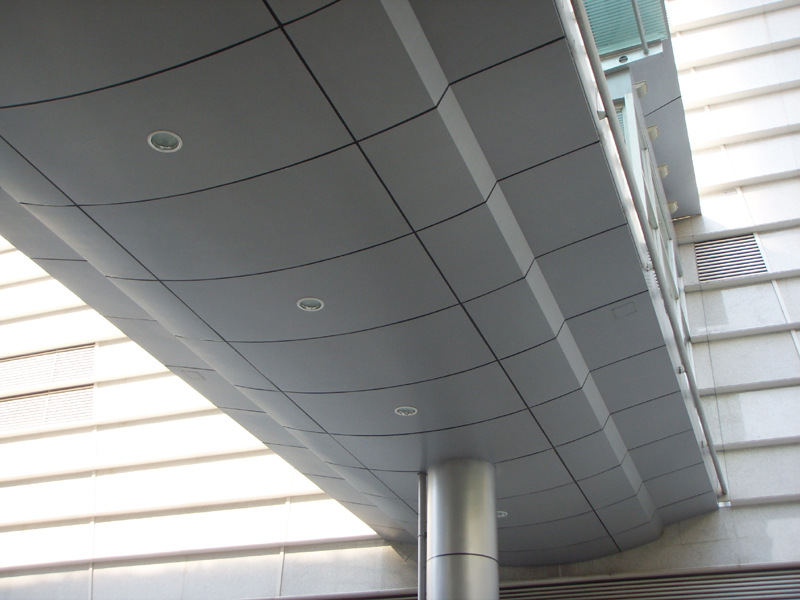
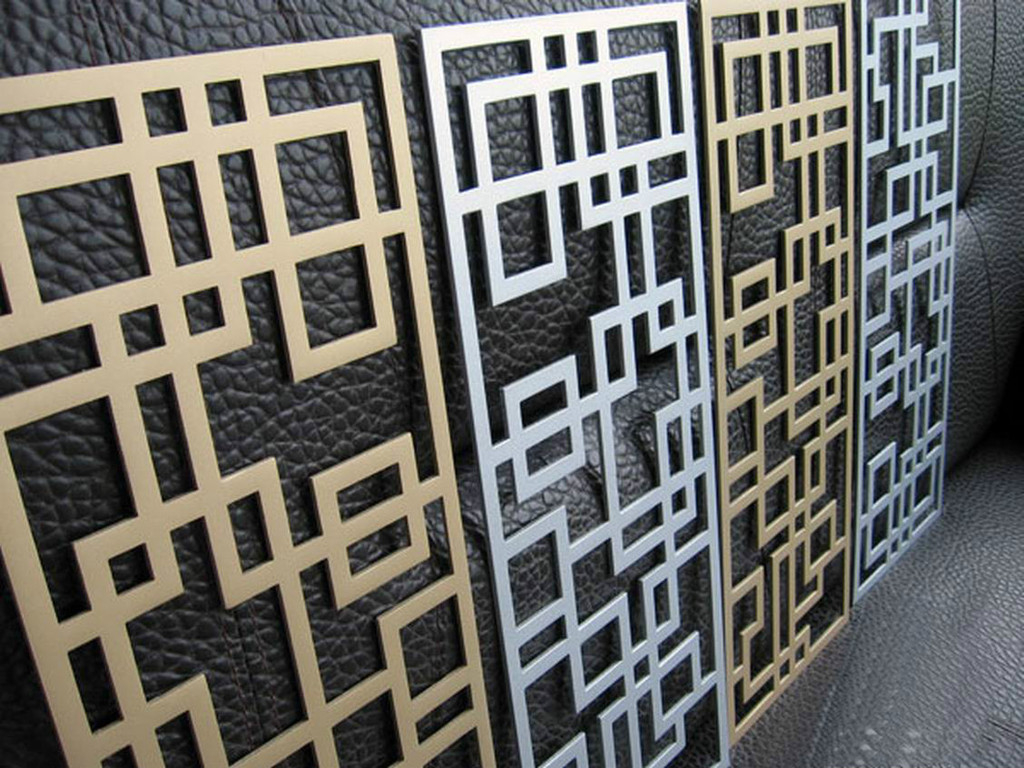
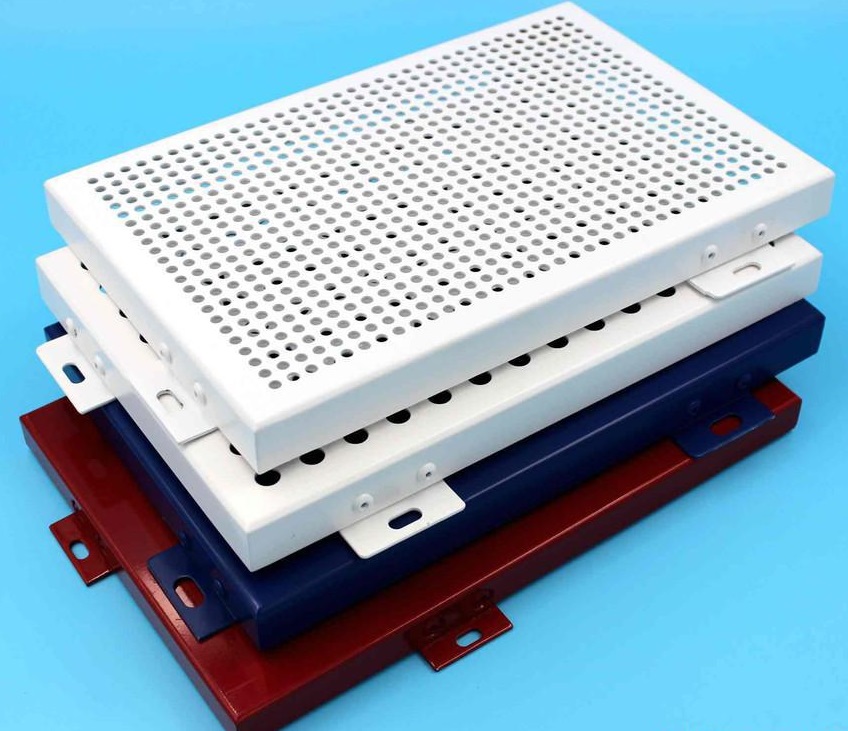
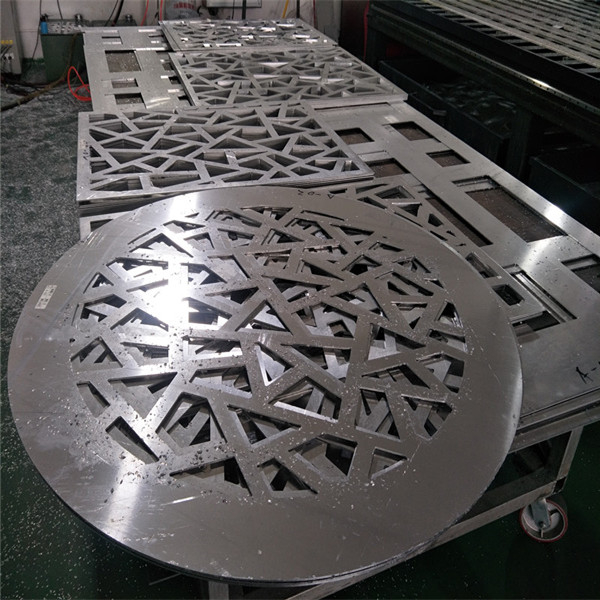
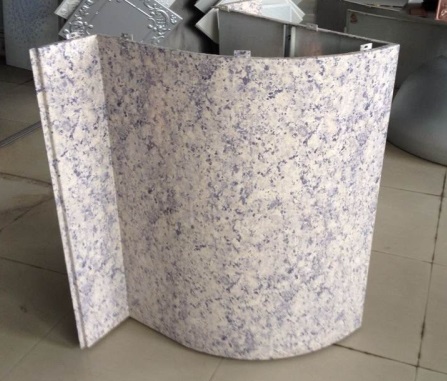
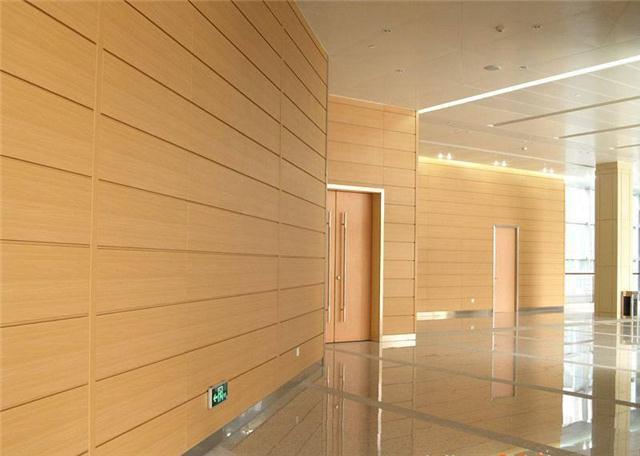
 Customer service QQ
Customer service QQ